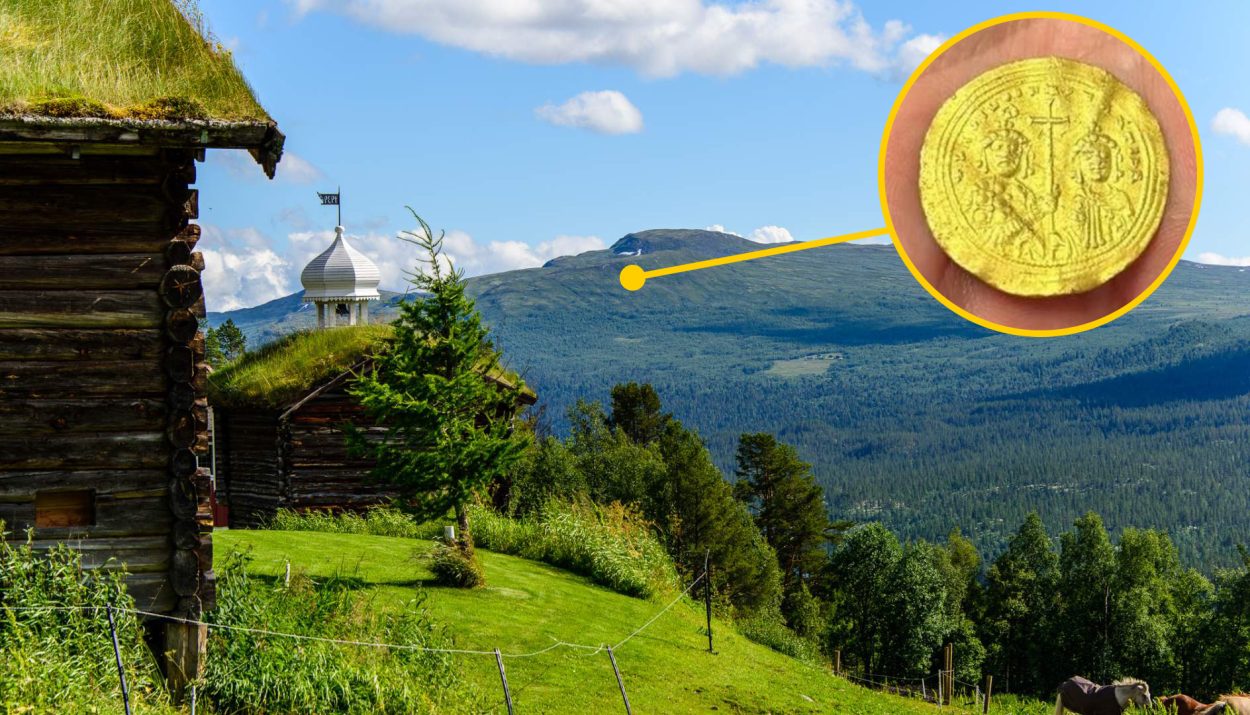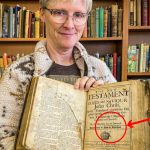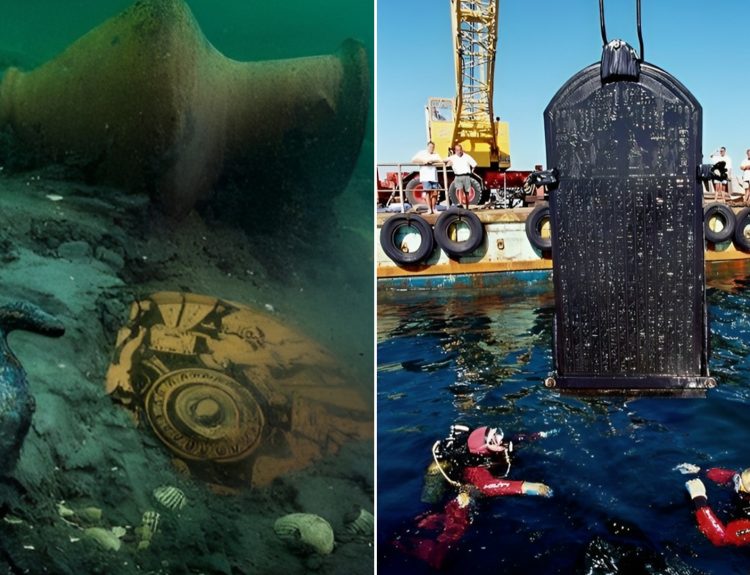The heart of Norway’s ski country is an unlikely place to find a rare, 1,000-year-old coin bearing the faces of Jesus, along with two Byzantine emperors, Basil II and Constantine VIII. But that is exactly where a metal detectorist found this remarkable gold coin.
What is the story behind this rare gold coin, which has been identified as a “histamenon nomisma”? When was it minted? And how did it end up in Norway’s Vestre Slidre region? Let’s find out.
One of Several Notable Finds by Norwegian Metal Detectorists
The past year was a banner year for metal detectorists in Norway. Earlier, a Norwegian man with a metal detector chanced upon a cache of gold jewelry dating to about 1,500 years ago. According to a representative from the Innlandet County Municipality, “We received many great finds from detectorists, but now a particularly special find has come in.”
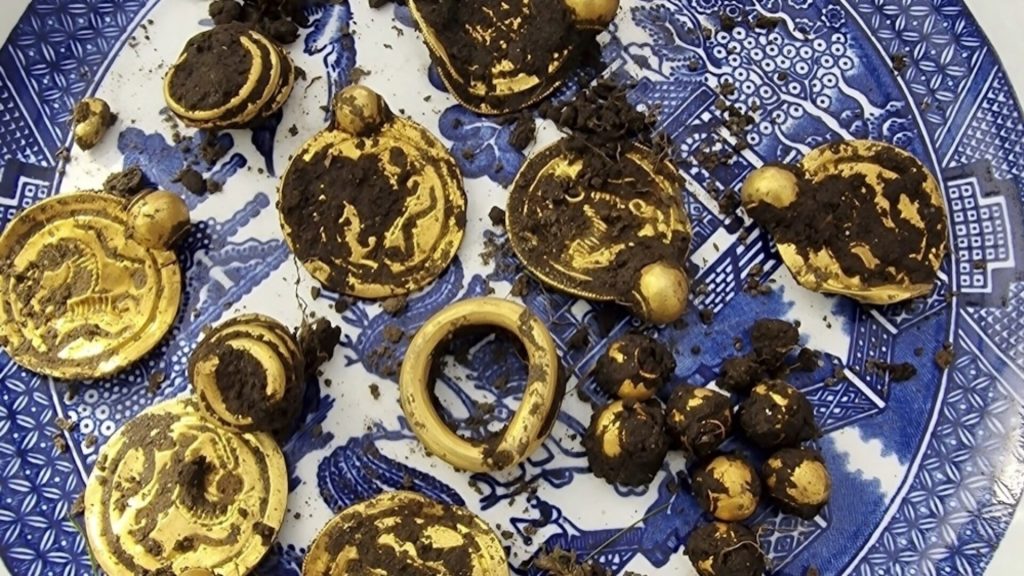
That find was the rare Byzantine “histamenon nomisma.” As the representative explained, “It has held up exceptionally well. The coin appears largely unchanged from when it was lost, perhaps a thousand years ago.”
The Mighty Byzantine Empire
The Byzantine Empire, also known as the Eastern Roman Empire, was a continuation of the Roman Empire in the eastern Mediterranean region. It thrived for over a millennium, from the 4th century AD to the fall of Constantinople in 1453. Its capital, initially Byzantium and later renamed Constantinople, then Istanbul, served as a political, economic, and cultural center.
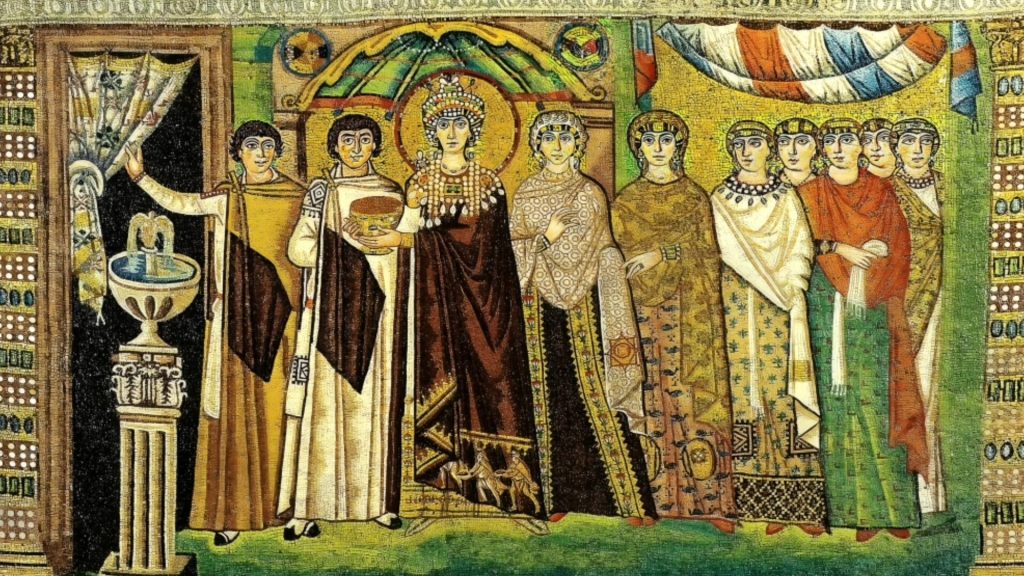
The Byzantine Empire influenced Roman traditions, Greek culture, and Christian influences. It experienced periods of prosperity, military expansion, and artistic achievements, however, it also faced challenges. The Great Schism of 1054 marked the split between the Roman Catholic Church and the Eastern Orthodox Church.
What Is a “Histamenon Nomisma”?
The “histamenon nomisma” was a type of Byzantine gold coin that served as the standard gold coin of the Byzantine Empire during the 11th century. The “histamenon nomisma” was characterized by its standard weight and purity, typically featuring a depiction of the reigning emperor on the obverse and a representation of Jesus Christ on the reverse.
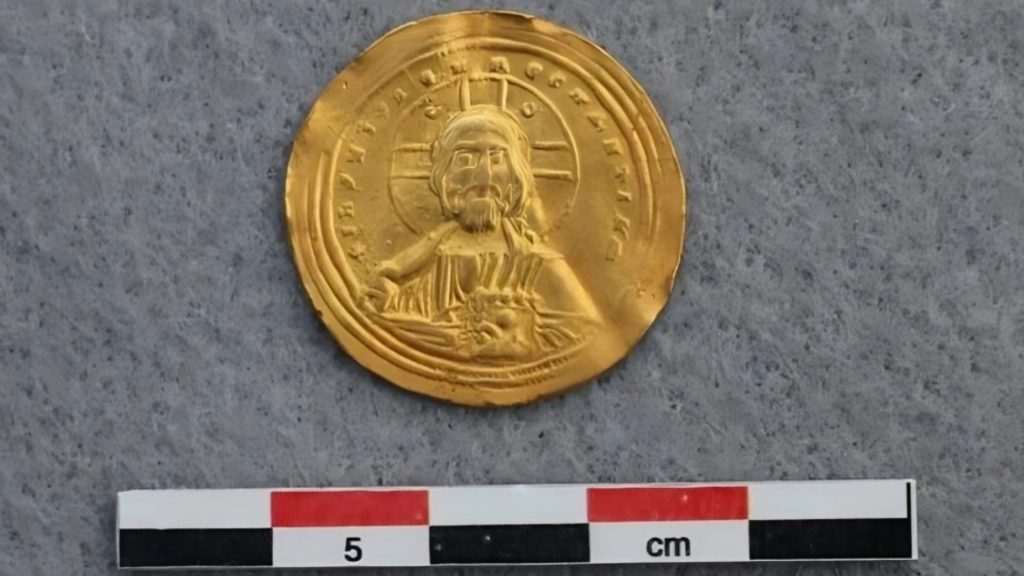
The term “histamenon” is derived from the Greek word for “established” or “standard,” highlighting the coin’s role as a stable and reliable form of currency. These gold coins were an integral part of the Byzantine monetary system and were used for various transactions, including trade and taxation.
Inscriptions in Latin and Greek
Along with the depictions showing the faces of Jesus, Basil II, and Constantine VIII, the “histamenon nomisma” coin has inscriptions written in Latin and Greek. The Latin one reads, “Jesus Christ, King of those who reign.” The Greek one says, “Basil and Constantine, emperors of the Romans.”

Experts believe the “histamenon nomisma” coin was minted between 977 and 1025 CE. Most likely, it was minted in the Byzantine city of Constantinople, or present-day Istanbul, more than 2,000 miles from where it would eventually be discovered in Norway.
Who Were Basil II and Constantine VIII?
Basil II and Constantine VIII were brothers and emperors who played significant roles in the history of the Byzantine Empire during the 10th and 11th centuries. Basil IIruled as emperor from 976 to 1025. He was known for his military prowess and is particularly remembered for his campaigns against the Bulgarian Empire, which eventually led to its annexation by Byzantium.
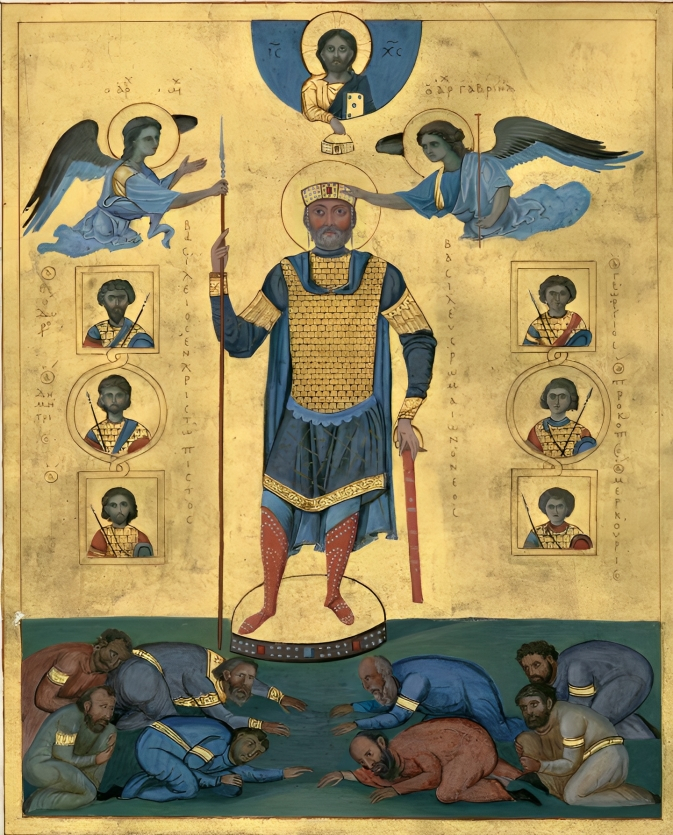
Constantine VIII, the younger brother of Basil II, ruled as co-emperor alongside Basil from 962 until his death in 1028. While Constantine VIII held the throne with his brother, his reign was marked by a focus on cultural and artistic endeavors rather than military exploits. Together, Basil II and Constantine VIII represented a period of stability and cultural flourishing within the Byzantine Empire.
How Could a Byzantine Coin End Up in Norway?
People of the Byzantine Empire certainly had contact with the Norse. The Byzantines engaged in trade with many parts of Europe and Asia. Norway offered plenty of tradable goods, including reindeer skins and antlers, salt, and herring.

Members of the clergy also made treks to the north to spread Christianity. It is possible that a trader or a clergy member carried the “histamenon nomisma” coin from Constantinople to Norway before losing it. There is, however, another even more plausible explanation.
Did the Coin Belong to King Harald Hardrada?
The answer to the puzzle may be found with a Norwegian king named Harald Hardrada. Also known as Harald III of Norway, Harald Hardrada was an ambitious man who ruled from 1045 to 1066. He became co-king alongside Magnus the Good, later assuming sole rule upon Magnus’s death in 1047. Harald was known for his military prowess, earning the epithet “Hardrada,” meaning “hard ruler”.
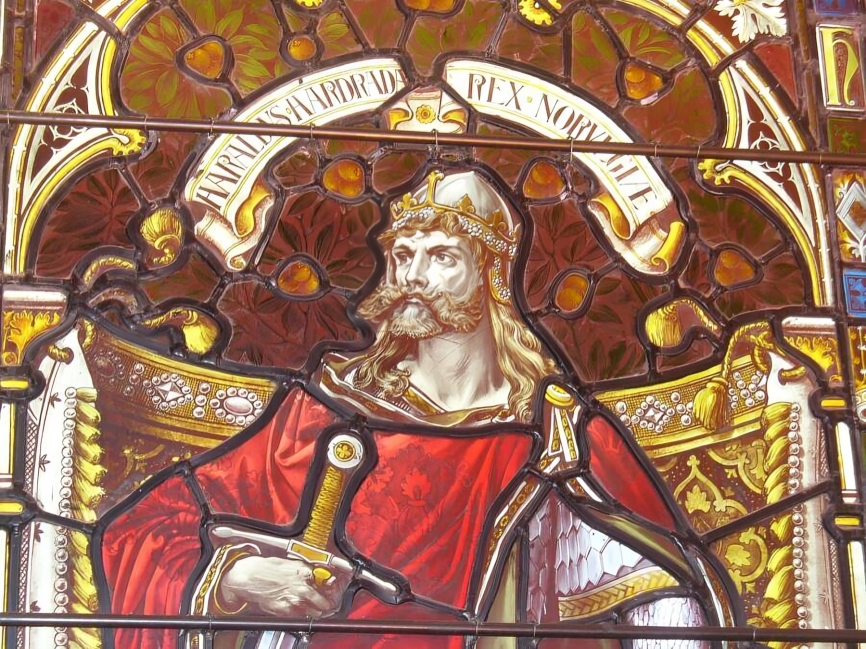
He once led a failed invasion of Denmark. Harald is perhaps best remembered for his audacious attempt to claim the English throne in 1066, contending with Harold Godwinson and William the Conqueror. He was defeated and killed on September 25, 1066. But we need to look at his life before becoming king to see a possible connection to the “histamenon nomisma” coin.
Before Harald Was King, He Served the Byzantine Empire
As a young man, Harald gained early military experience fighting for the Byzantine Empire. He, as well as other men from Northern Europe, served as bodyguards for three consecutive Byzantine emperors. It was not unheard of for guards to loot the imperial palace after the death of an emperor.
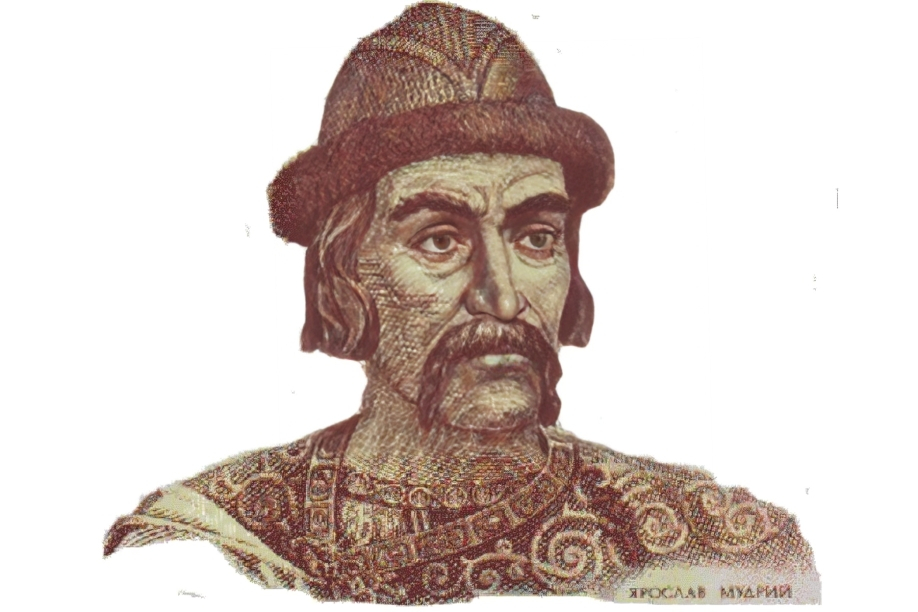
During his service to the Byzantine Empire, Harald Hardrada experienced the deaths of three emperors. According to historians, it is plausible that he pocketed the coin along with other valuables during one of these looting sessions. Perhaps he had the coin with him upon his return to Norway only to drop it.
A More Thorough Search Is Planned for Spring
The “histamenon nomisma” coin was discovered by the metal detectorist in the late fall of 2023. With winter fast approaching, he and others could not continue searching the area to see if other coins or artifacts could be found.

Archaeologists and metal detectorists will have to wait until Spring 2024 before they can return to the location where the “histamenon nomisma” coin was found. Until then, they remain hopeful that this coin, which bears the faces of Jesus, Basil II, and Constantine VIII, was not the only one hiding beneath the soil of Norway’s Vestre Slidre region.

